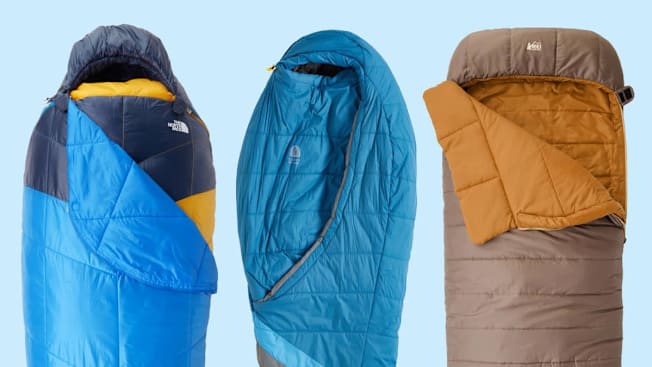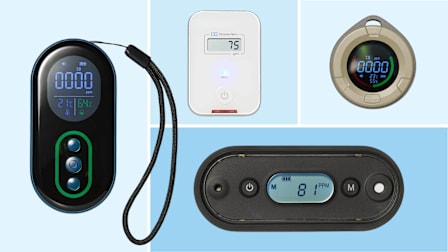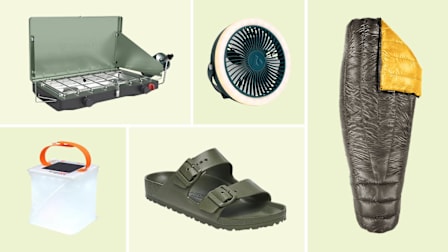4 Best Sleeping Bags From Our Weeks of Camping Outdoors
Our outdoor enthusiast camped out to evaluate six models from Coleman, REI, The North Face, and other brands to find out which ones were most comfortable, breathable, most packable
When you shop through retailer links on our site, we may earn affiliate commissions. 100% of the fees we collect are used to support our nonprofit mission. Learn more.

Sleeping bags are made to serve a wide variety of needs, from emergency just-in-case scenarios to backpacking to canoeing trips. Our evaluator spent weeks camping outdoors to evaluate the utility, warmth, packability, and comfort of several sleeping bags.
- A Few Bags We Tried: Coleman Brazos 30°F REI Co-op Siesta Hooded 20 The North Face One Bag
- How We Evaluated



















